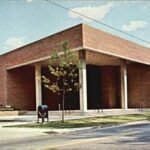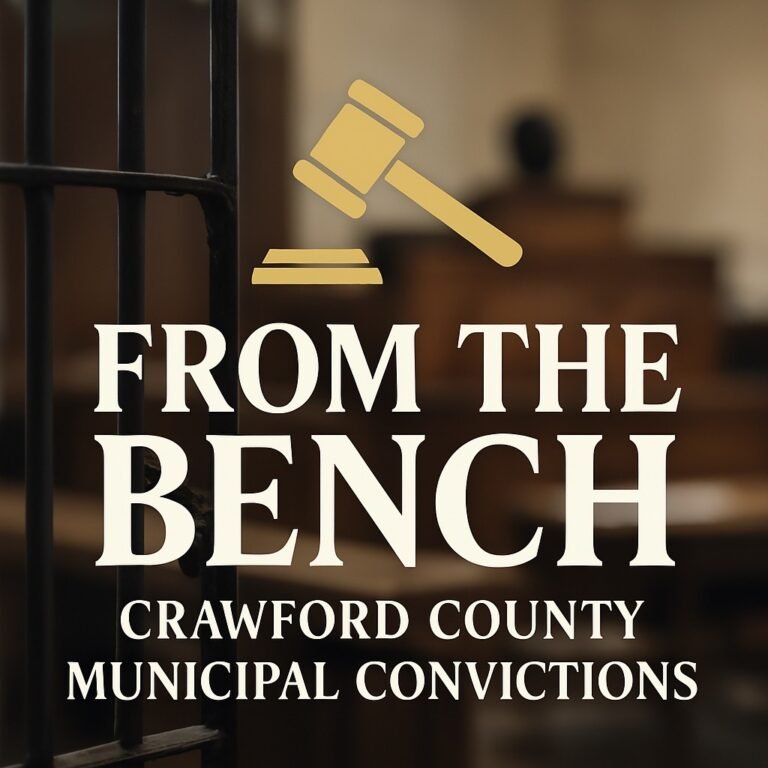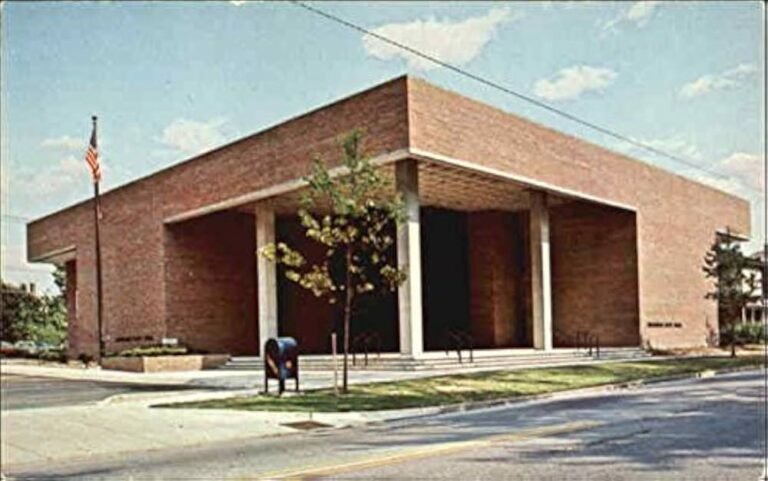Convicted of two murders but linked to many more, Rogers' final words and haunting legacy leave a trail of unanswered questions.
by Logan Andrew, Editor-in-Chief | FreeWire

Glen Edward Rogers, who once earned the nickname "The Casanova Killer," was executed by lethal injection at Florida State Prison on May 15, 2025, closing the book on one of the more confounding and brutal crime sprees in recent American history. At 62, Rogers had spent nearly three decades on death row, serving time for the murders of two women but suspected in many more. His crimes, which spanned from California to Florida, involved robbery, arson, and a chilling trail of violence that authorities believe may have claimed numerous victims.
Born in Hamilton, Ohio in 1962, Rogers came from a large family and a rough upbringing. Expelled from school in his early teens, he married young after getting his girlfriend pregnant. The marriage ended in divorce amid allegations of abuse, a harbinger of what would come. By the early '90s, police in Ohio had already begun to associate Rogers with violent crime. In 1993, the disappearance of Mark Peters, a 71-year-old man who had taken Rogers in, eventually led to the discovery of Peters’ remains bound and hidden in a Kentucky cabin owned by Rogers' family.
Rogers' confirmed murder spree began in 1995 in California, where he was last seen with Sandra Gallagher before her burned and strangled body was found in her car. He then drifted through the southern United States, leaving behind a series of similar murders—all involving red-haired women in their 30s. Linda Price in Mississippi, Tina Marie Cribbs in Florida, and Andy Jiles Sutton in Louisiana were all found dead under suspiciously similar circumstances. In most cases, Rogers had charmed his way into his victims’ lives only to end them violently.
By November of that year, authorities caught up with Rogers in Kentucky after a dramatic 13-mile chase involving multiple law enforcement agencies. He was driving Cribbs’s car and initially claimed she had lent it to him. He also told officers he had killed nearly 70 people, only to later dismiss the statement as a joke. Though charged with multiple murders, he was tried and sentenced to death first in Florida in 1997, then again in California in 1999. His legal team launched a series of appeals over the years, none of which succeeded.
The case gained renewed public interest in 2012 when a documentary titled My Brother the Serial Killer aired on cable TV. In it, Rogers’ brother Clay claimed Glen had confessed to murdering Nicole Brown Simpson and Ron Goldman in 1994. Rogers even suggested he had been hired by O.J. Simpson to recover stolen jewelry and "kill the bitch" if necessary. LAPD dismissed these claims, and no charges were ever filed in connection to that case. Still, the speculation lingered, helped along by Rogers' own letters, artwork, and interviews in prison.
Over the years, Rogers became the subject of several true crime programs, from The FBI Files to It Takes a Killer, and even inspired dramatizations like the 2019 film The Murder of Nicole Brown Simpson. Despite the media attention, the core facts remained: he was officially convicted of two murders but suspected in several more, each marked by manipulation, violence, and a cruel disregard for life.
After Florida Governor Ron DeSantis signed his death warrant in April 2025, Rogers filed last-minute appeals citing past abuse and issues with lethal injection drugs, but they were denied. On May 15, he ate pizza, chocolate cake, and soda before delivering a final statement that included cryptic remarks to his victims’ families and an endorsement of Donald Trump: “President Trump, keep making America great. I’m ready to go.”
The official time of death was 6:16 p.m. Rogers was the fifth person executed in Florida that year, and the 16th across the country. Though his death may have brought some measure of closure, the larger legacy he leaves behind is one of grief, mystery, and disturbing questions that may never be fully answered.



















